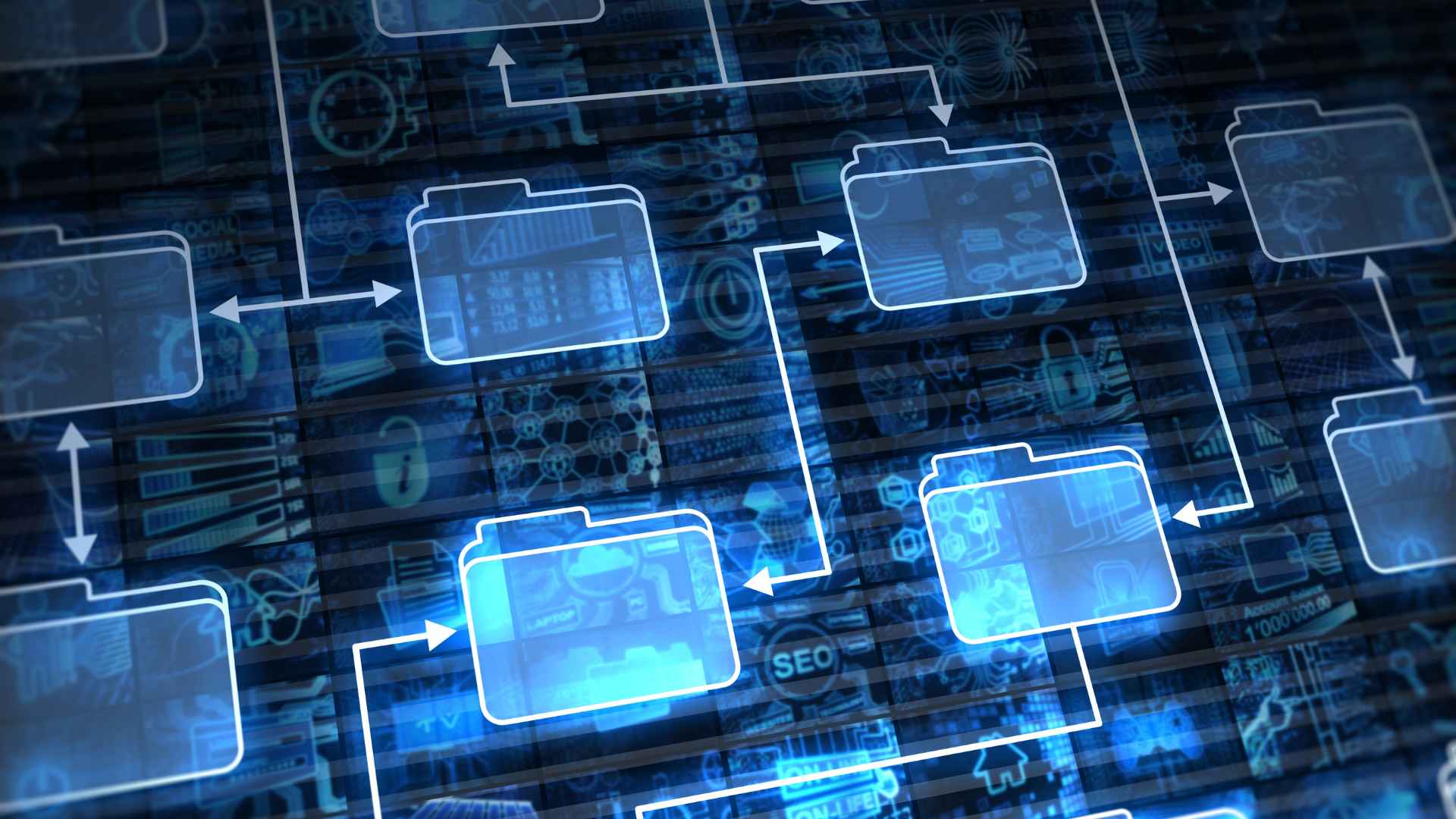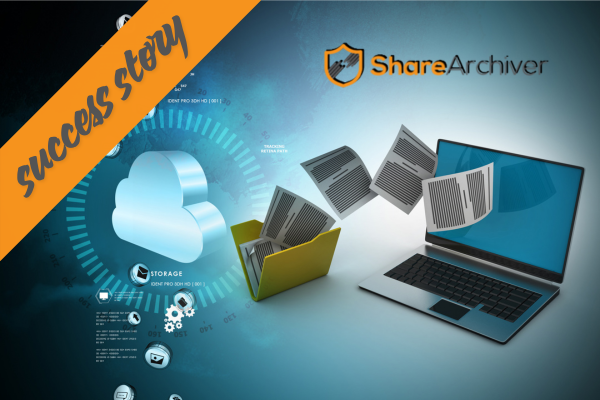Streamlining Dispensing Pharmacy Operations File Sharing with Receipt Computers
Many medical institutions have built a closed network environment that cannot be accessed from outside the hospital to prevent virus infection and leakage when sharing confidential information between medical buildings and medical office buildings. So what about dispensing pharmacies?
In the dispensing pharmacy industry, where privately run so-called “papa mama pharmacies” are the mainstream, expensive systems such as large hospitals cannot be introduced. Therefore, it seems that the more realistic method of “using the receipt computer offline and connecting to the Internet only when submitting the receipt” is often taken, but it is a trade-off with work efficiency and staff convenience.
Currently, the number of dispensing pharmacies nationwide is said to be about 55,000, which exceeds the number of convenience stores. However, unlike the convenience store industry, which occupies 80% of the so-called “Misanke” of Seven-Eleven, Lawson, and FamilyMart, the dispensing pharmacy industry is dominated by small and medium-sized stores that do not belong to major dispensing chains.
The reasons why small and medium-sized pharmacies can do it are that the pharmacist’s qualification is often held by the pharmacist, and while major dispensing chains open so-called “monzen pharmacies” near large hospitals, small and medium-sized pharmacies It can be mentioned that they are able to live separately, such as opening stores in the city.
However, a wave of major changes is rushing into this business environment. This is the so-called “2025 problem”.
By 2025, the baby boomer generation will be over 75 years old, and the number of elderly patients will increase. The increase in patients is a good thing for dispensing pharmacies, but the country is shifting to the idea of shifting from conventional hospital medical care to home (visit) medical care because it is difficult to increase the number of hospitals any more.
Due to the direction of this country, the dispensing fee of the front-end pharmacies has already been reduced in 2014 by the “Revision of the dispensing fee in 2014”. The competition intensifies due to the entrance of various industries. M & A of scale chains is actively progressing.
In order for small and medium-sized dispensing pharmacies to survive, it is necessary to reduce costs such as “labor costs” and “pharmaceutical costs” while increasing “insurance dispensing revenue”, but the salary of pharmacists, which is a seller’s market more than 7 times. Also, the purchase price of medicines is not easily controlled by small and medium-sized dispensing pharmacies. Increasing insurance dispensing revenue means accepting more prescriptions, which is essential for improving operational efficiency and ensuring the information security that accompanies it.
File sharing on the LAN in the pharmacy using the standard Windows protocol “SMB”, which is the recommended OS for most receipt computers, is attracting attention as a means to solve both of these at a reasonable price.
“SMB”, which is not surprisingly known among engineers, is an abbreviation for Server Message Block, which is a network file used to access shared folders (shared files and shared printers) between Windows machines on the network. A system protocol. Formerly called “CIFS”, it was originally used only between Windows machines, but now it can be used on both Mac and Linux PCs (using open source Samba for file sharing).
In the case of a dispensing pharmacy, the receipt computer side, which is based on the above OS, becomes the “server”, and the data in the shared folder in this server is “file-shared” by the receipt computer peripheral device or tablet terminal as the “client”. This method is also recommended by the Japan Pharmaceutical Association’s NSIPS ® (an acronym for “New Standard Interface of Pharmacy-system Specifications”, a common specification for linking receipt computers, dispensing inspection systems, and dispensing systems), and is standard. How to create a shared folder is also specified. Since it is “file sharing” to the last, the data itself exists in the receipt computer and does not move. The device side, which is the client, remotely reads, writes, edits, and deletes files.
The purpose of NSIPS ® is “ICT conversion of pharmacy operations” and “enhancement of medical safety measures”, but with the above method, there is no need to install new software on the receipt computer side, and there is also a dedicated line contract such as VPN. Since it is not required, the initial investment is minimized, file sharing by SMB is done on the network in the pharmacy that is not connected to the Internet, and the latest SMB version has signature, encryption, access authority management, etc. Since there are many security functions, confidential information management measures are perfect.
In other words, at the lowest cost, it is possible to achieve both operational efficiency and security measures comparable to those of large hospitals.
Now, the problem here is what to do with the file sharing function on the device side (client side) that is not the Windows OS.
A long time ago, Windows XP used a rudimentary SMB version (1.0), and it is a comparison that the SMB client that supports this is developed by the receipt computer peripheral device manufacturer and the application developer who uses it on the tablet terminal by themselves. It was easy. However, the version of SMB goes up with the version of Windows (see another article ” ALL ABOUT CIFS “), the latest SMB protocol is version 3.1.1, the difficulty of development is very high, and even a good engineer can not be straightforward.
In addition, small and medium-sized dispensing pharmacies usually need to efficiently store equipment in a small dispensing space, so the device itself is also required to be smaller, and software with a large footprint such as open source Samba Cannot be used. Also, Samba applies the strictest (more explicit) version 3 of the GPL (General Public License), so the hurdles are too high for commercial adoption.
These three challenges:
1. Support for the latest, more secure SMB version
2. Easy to develop
3. Resource-saving design and commercial software
Visuality Systems’ YNQ ™ product provides the SMB client function that solves this problem. Visuality Systems, founded in 1998, is a leading company in the field of SMB-related products and services based in Israel. Already, it boasts the No. 1 share in the world for commercial SMB / CIFS solutions.
It is used in a wide variety of scenes, and is also used in aerospace, automation, network storage, printers, home appliances, and smart devices.
It has many achievements in the medical device field, and there are the following adoption cases especially in the receipt computer peripheral devices and terminals.
● Rececon linked tablet terminal (POS cash register terminal, electronic medicine notebook system)
(POS cash register terminal)
Implemented YNQ ™ in the tablet device app. By linking with the receipt computer that entered the prescription data received at the counter, drug sales information is aggregated, accumulated, and analyzed in the system when the reception staff of the dispensing pharmacy exchanges money with the patient, improving store sales. Can be planned.
(Electronic personal organizer system)
Similarly, YNQ ™ will be implemented in the tablet device application, and the prescription data entered in the receipt computer will be shared as a file. Since the patient’s medication history and the current dispensing information obtained from the medication notebook are displayed on the tablet terminal at the reception, the pharmacist can efficiently give medication guidance to the patient while looking at the tablet terminal.
● Receipt-linked dispensing audit support system (electronic balance)
YNQ ™ is mounted on an electronic balance with a touch panel. Since the prescription data input to the receipt computer is instantly displayed on the touch panel, the pharmacist in the dispensing room can check the type and amount of the drug while looking at the panel.
● Medical PC-linked optometers other than receipt computers, audiometers, MRI, etc.
Examination data acquired by an optometer, audiometer, and MRI can be instantly displayed on the doctor’s PC in the examination room.
Did you understand that by equipping the receipt computer peripherals with the latest SMB file sharing function, it is possible to improve the efficiency and security of various dispensing pharmacy operations at low cost?
With the declining birthrate and aging population, the increasing number of elderly patients has multiple chronic diseases. If you show the prescription, you can get the medicine at any pharmacy, but if you can become a “family pharmacy” for the elderly who go to multiple medical institutions, you can prevent risks such as double medication and dispensing pharmacies. Can be free from the worries of collecting patients. The keys here are shortening patient waiting time, dispensing accuracy, and strengthening information security. In fact, by incorporating the file sharing function that is already familiar to the receipt computer peripherals, it will help dispensing pharmacies to survive in the future.

Raphael Barki, Head of Marketing, Visuality Systems




